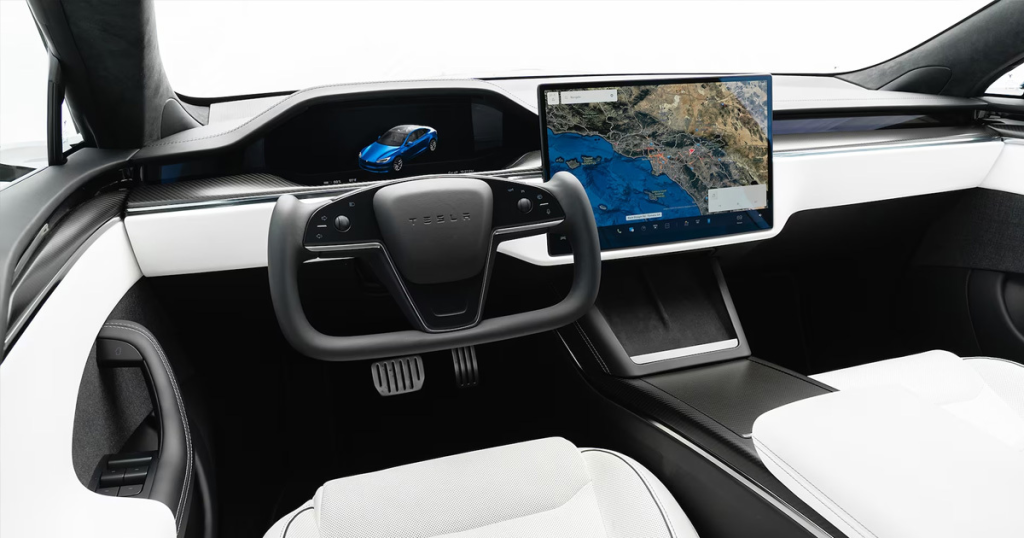
In This Article
- Elon Musk’s Promise for Tesla Update
- Elon Failed to Meet the Promise
On Tuesday, Tesla made an announcement after a long wait and won the heart of introducing the autopilot’s new feature in China. This is the city navigation feature that makes driving safer, smarter, and more interesting using artificial intelligence power.
The new update is a powerful combination of real-time data processing, machine learning algorithms, deep learning, and Tesla’s Dojo supercomputer, making the vehicles extremely responsive and intelligent. This is making the new records and revolutionizing smart autopilot driving.
Although the update is powerful and has shown improvement in all aspects, it has disappointed the customers, as they were expecting more. With the advancement in technologies, people want more than normal features, and after the ambitious promise by Elon Musk, they were anticipating the improved driving assistance and automatic features.
Elon Musk’s Promise for Tesla Update
Elon Musk has set new standards for auto-driving cars utilizing Tesla’s Full Self-Driving (FSD) technology. According to Musk, Tesla is on the verge of gaining Level 4 or even Level 5 autonomy, so there will be no need for human intervention for the vehicle to handle. He is expecting very rare human involvement for the vehicles to cover the long distance

Over the years, Musk has been claiming the astonishing features and capabilities of Tesla’s self-driving cars and other vehicles. He has been discussing the fully autonomous robotaxi network through the self-driving software making it possible for the taxis to work automatically without any need for human driver. This would be a great step towards the vehicle automation and business.
Elon Failed to Meet the Promise
While briefing during the 2024 global expansion, Elon has clearly specified China as the key market where the test will showcase its Autopilot and FSD features and will make a significant boost in AI-powered automatic vehicles.
He had the ambition to bring Tesla’s autonomous technology up to par its European with and US versions so that China would have the same self-driving vehicle technology as its rivals have.
However, the February rollout 2025 presented yesterday was unable to impress the Chinese Tesla owner, who was expecting more automation, powerful features, smartness, and a fully responsive vehicle autopilot system. This was a big disappointment for the Chinese Tesla as the drivers have reported issues like unconditional breaking, hesitations in intersections, and many other bugs.

About this disappointment, Tesla discussed the challenges and advances in its work and has reiterated its promises, saying:
We recognize the importance of adapting our technology to local road conditions and regulations, and we are working diligently to expand our full self-driving capabilities in China. Our goal remains to bring the safest and most advanced driver-assistance technologies to all Tesla owners while ensuring compliance with local requirements.
However, the official news or information about promises and Chinese disappointment is not known because of some regulatory restrictions, but the limitations in the AI algorithms are considered the main reason behind this disappointment.
The potential of artificial intelligence is limitless; therefore, expectations are at their peak when the topic is to integrate AI in any system. Weborik Hub is an example of the best platforms to integrate artificial intelligence in apps, websites, or other platforms to make businesses better and automate the time-taking processes.



